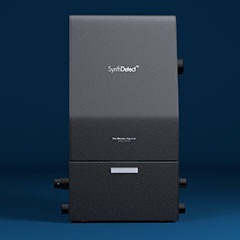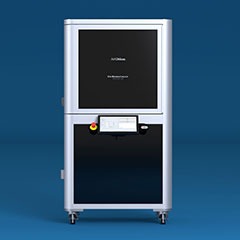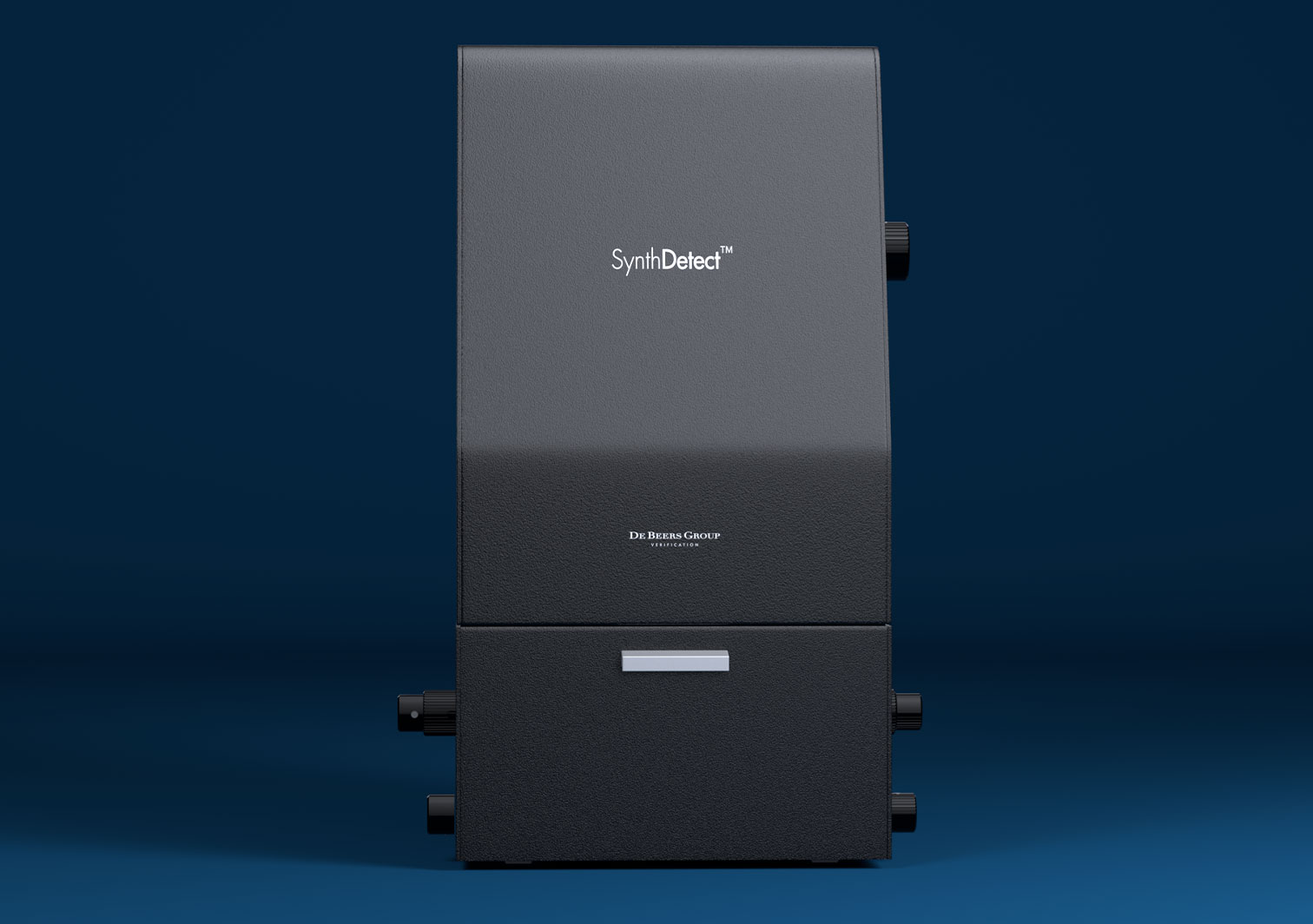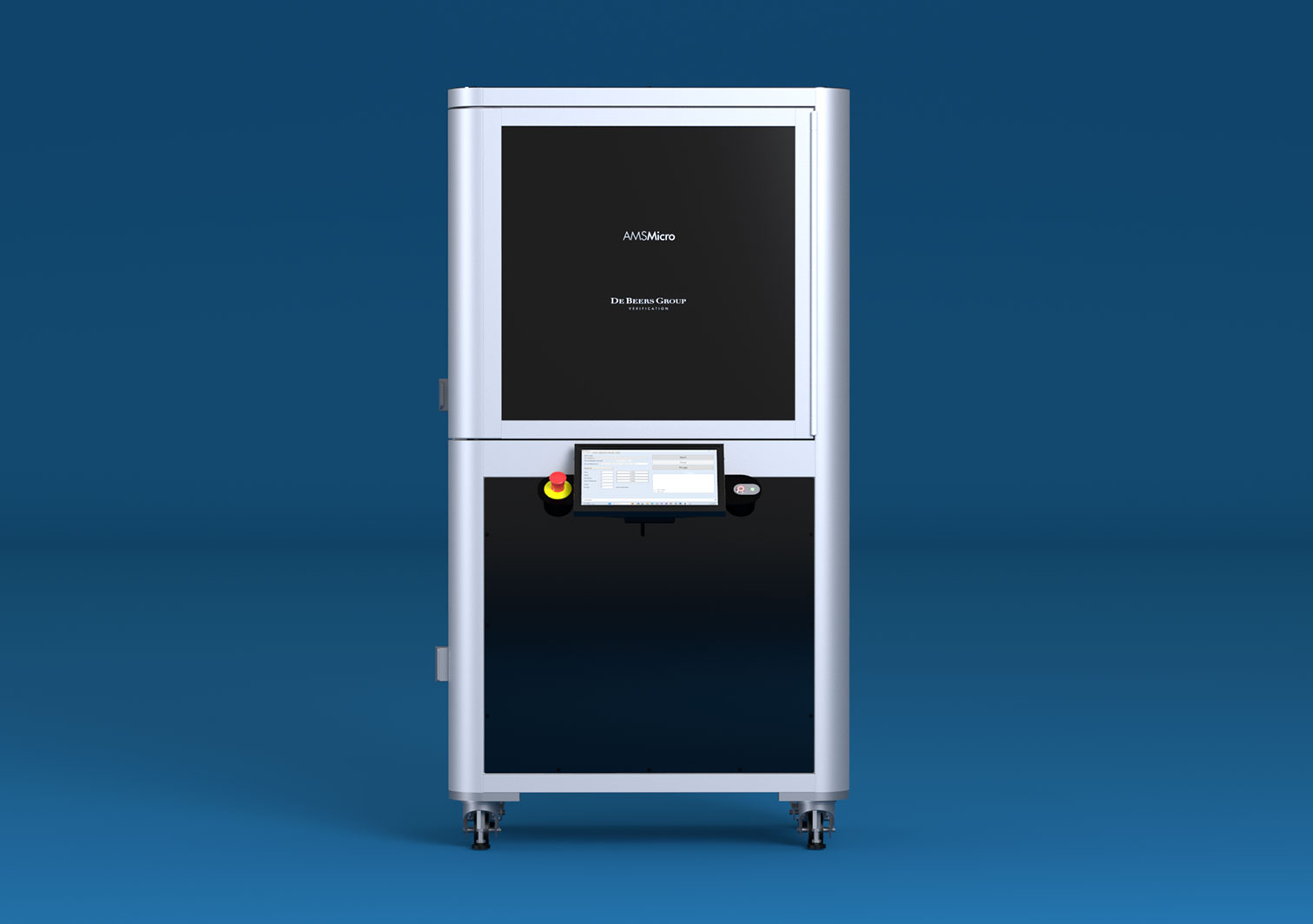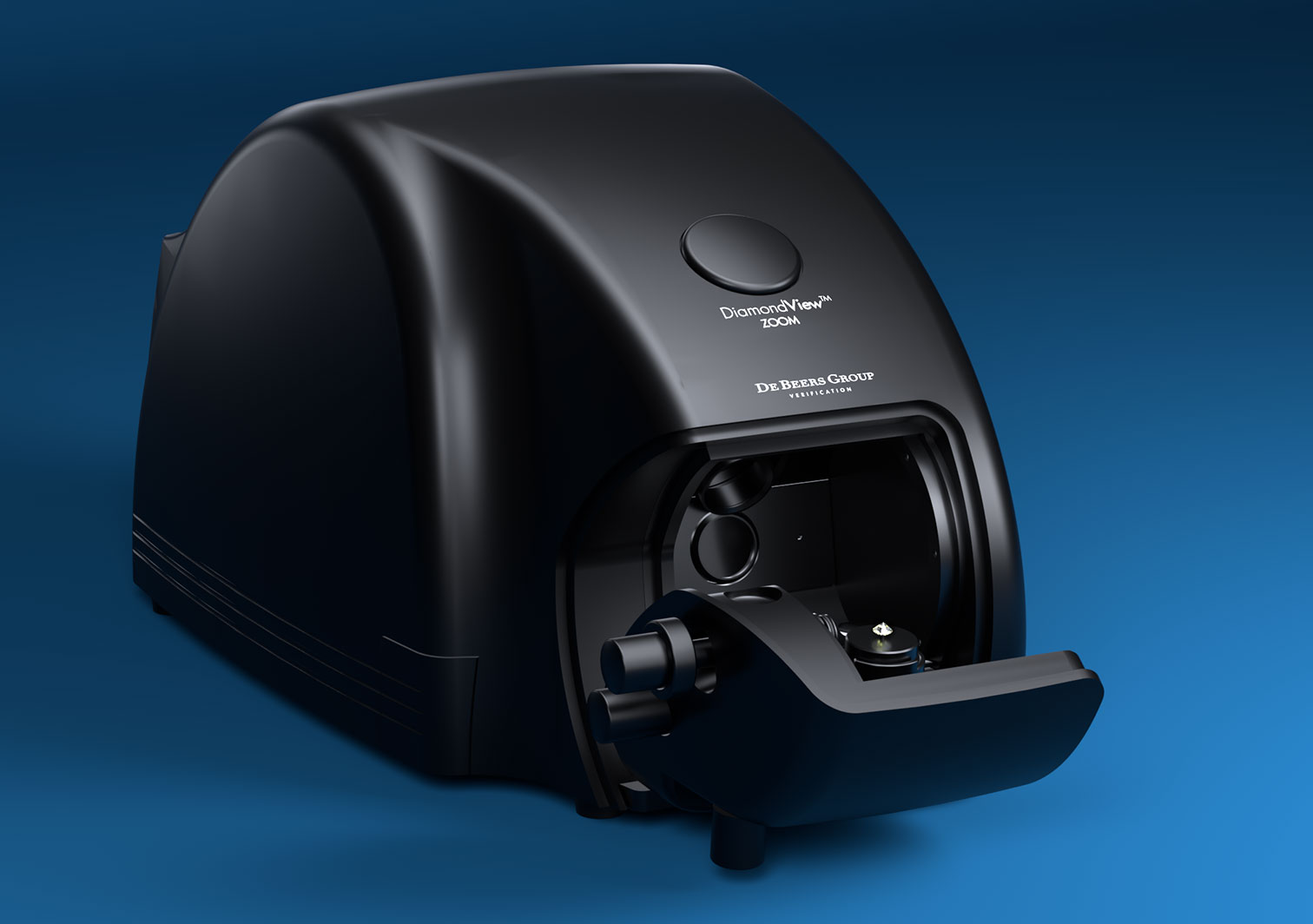Application
- Designed to be used in an environment where loose, polished diamonds are handled.
- The instrument is ideal for rapidly verifying that your diamonds are natural.
- It screens melee diamonds in the 0.0033-0.20ct size range.
- Ideal for checking diamonds before setting in jewellery.
- Can be used alongside SynthDetect to check diamonds pre and post setting.
Benefits
- Speed: Up to 3600 diamonds per hour
- Automatically feeds, measures and dispenses your diamonds
- Can leave the machine running unattended and also overnight – the instrument will automatically stop at the end of the screening run
- With a low natural diamond referral rate, this reduces the number of diamonds that require further testing
- NDC Assure Tested AMS2 – Only Natural Diamonds
- 0% natural diamond false positives
Features and Specifications
- ~99% colourless/near colourless diamonds passed
- <1% natural diamonds referred for further testing
- All laboratory-grown diamonds and simulants categorised
- Size ranges: RBC = 0.0033–0.20ct
- Size ranges: Fancy cuts = 0.01–0.20ct
- Colour range: colourless/near colourless D-J (lower colours may result in higher referral rates)
- Fully embedded system: No external PC/monitor required.
- Dimensions: 315mm (w) x 400mm (d) x 550mm (h)
- 1-year parts and service warranty
- User training can be specified on request
Learn more about the AMS2 and its capabilities
Learn more about the AMS2 and its capabilities
More Products
Support
Support for Diamond Verification Instruments
FAQs
In a very small number of diamonds, the spectral information received cannot be used to state categorically that the stone is diamond, and in any such case, the stone is dispensed as non-diamond. There may also be the odd occasion where the diamonds are fed slightly out of position within the machine and may only be partially exposed to the laser light. On these occasions, a non-diamond result might be given for a natural diamond. We recommend that all diamonds dispensed to non-diamond are retested with the AMS2 device at least once, since this may allow a pass result to be achieved.
The quoted feed rate of the AMS2 machine is up to 3,600 diamonds per hour. It is expected the machine will screen diamonds at a feed rate between 3,000 and 3,600 diamonds per hour. If the feed rate drops below this level, there are several factors to consider:
- Are the environmental limits met? If the humidity is below 45 per cent, the machine may experience a build-up of static electricity charge which can cause the diamonds to feed poorly.
- Are the diamonds clean? If the diamonds being screened are dirty or greasy, this is likely to cause the machine to feed poorly and the feed rate will reduce.
- Is the machine clean? Dirt and dust build-up on the disc and guide surfaces of the machine may cause the diamonds to feed poorly. It is recommended to clean the machine before every screening.
At the start of a screening run, the feed rate will be lower while the machine’s stone handling systems fill with diamonds. Similarly, towards the end of a screening run, the feed rate will diminish as the handling systems are starved of diamonds.
Small parcels may have insufficient diamonds to allow the quoted feed rate to be achieved.
There are two ways to start the AMS2 machine: pressing the Start button will complete a Normal start; pressing and holding the Start button will allow the user to select either a Normal or a Fast Start.
A Fast start is optional. This will cause the first stone to be screened more quickly than if a normal start had been selected. When using the touchscreen, pressing the Start button for a second or two will present a menu giving the user the option of a Normal or Fast start. If an external user-supplied mouse is being used, the same effect may be achieved by right-clicking on the Start button.
The Fast start option should not be selected unless the machine is known to be empty. If more than one Fast start is made for a given parcel of goods in the hopper, the machine is likely to become flooded with goods.
The Fast start will not cause the feed rate for the machine to be increased; it simply allows the first stone to be measured more quickly.
If the diamonds being screened are smaller than the stone size that has been selected, the machine will run more slowly than normal; if the diamonds being screened are larger than the stone size selected, the machine may become flooded with diamonds.
Depending on the actual size difference, an increased number of diamonds may be automatically recycled within the machine and may remain unmeasured at the end of a screening run.
